Exploration on Molecular Mechanism of Lonicerae Japonicae Flos-Forsythiae Fructus Herbal Pair in Traeting Acne Vulgaris Based on Network Pharmacology and Molecular Docking Technology
DOI: 10.23977/medcm.2022.040109 | Downloads: 26 | Views: 1672
Author(s)
Jing Gan 1, Can Wu 1, Wenbin Li 2, Yong Liu 2, Meihong Li 2
Affiliation(s)
1 Shaanxi University of Chinese Medicine, Shaanxi 712046, China
2 Shaanxi Hospital of Traditional Chinese Medicine, Shaanxi 710000, China
Corresponding Author
Wenbin LiABSTRACT
Objective: this study aim to explore main active components and possible molecular mechanism of "Lonicerae Japonicae Flos-Forsythiae Fructus" (JYH-LQ) herbal pair in treating acne vulgaris disease by network pharmacology and molecular docking technology. Method: The active components and related targets of "Lonicerae Japonicae Flos-Forsythiae Fructus" herbal pair were obtained from TCMSP Database platform, correcting the official gene symbol names of the targets of the herbal pair from UniProt database. The GeenCards, OMIM and DisGeNET databases were used to find the targets related to acne vulgaris disease. Taking the intersection targets of active components and disease and inputting them into the String database for protein-protein interaction (PPI) network prediction. Then using Cytoscape sofeware to render "effective active components - intersection targets" network prediction. GO annotation and KEGG pathway enrichment analysis for the intersection targets of “Lonicerae Japonicae Flos-Forsythiae Fructus “herbal pair- acne vulgaris disease were performed with DAVID database. Molecular docking between the active components and the key targets was carried out by Autodock. Result: The effective active components of lonicerae japonicae flos-forsythiae fructus herbal Pair in traeting acne vulgaris are quercetin, luteolin, kaempferol. the core targets including TNF, IL-6, TP53. The GO enrichment analysis indicated that the main functions JYH-LQ herbal pair included the response to drug, positive regulation of gene expressionand, positive regulation of nitric oxide biosynthetic process and so on. The main pathways involved in the KEGG pathway analysis were FoxO, Cytokine-cytokine receptor interaction, T cell receptor signaling pathway and so on. Molecular docking showed that the main active components of the herbal pair had stable binding activity with the core targets of the disease. Finally, "Lonicerae Japonicae Flos-Forsythiae Fructus" herbal pair can be through multi-components, multi-targets and multi-pathways applie to acne vulgaris, providing ideas for clinical diagnosis and treatment of traditional Chinese medicine.
KEYWORDS
Network pharmacology, Lonicerae Japonicae Flos-Forsythiae Fructus Herbal Pair, Acne Vulgaris, molecular docking technology, Molecular MechanismCITE THIS PAPER
Jing Gan, Can Wu, Wenbin Li, Yong Liu, Meihong Li, Exploration on Molecular Mechanism of Lonicerae Japonicae Flos-Forsythiae Fructus Herbal Pair in Traeting Acne Vulgaris Based on Network Pharmacology and Molecular Docking Technology. MEDS Chinese Medicine (2022) Vol. 4: 54-64. DOI: http://dx.doi.org/10.23977/medcm.2022.040109.
REFERENCES
[1] Hazarika Neirita. Acne vulgaris: new evidence in pathogenesis and future modalities of treatment. [J]. The Journal of dermatological treatment, 2019, 32(3).
[2] Priyamkari Anupama, Kakunje Anil, Shenoy Manjunath. Perceived stress and appearance anxiety among people with acne vulgaris [J]. BLDE University Journal of Health Sciences, 2021, 6(2).
[3] Connolly Deirdre, Vu Ha Linh, Mariwalla Kavita, Saedi Nazanin. Acne Scarring-Pathogenesis, Evaluation, and Treatment Options. [J]. The Journal of clinical and aesthetic dermatology, 2017, 10(9):
[4] Wen Shuting, Xiao Ying. Analysis of traditional Chinese medicine medication rules in the literature on acne vulgaris in the past 10 years [J]. Zhonghua Journal of Traditional Chinese Medicine, 2016, 31(09): 3795-3798.
[5] Liu Xiaolong, Li Chunyan, Xue Jintao. Research progress on main active components and pharmacological effects of honeysuckle [J]. Journal of Xinxiang Medical College, 2021, 38(10): 992-995.
[6] Wang Yuexin, Wang Mei, Li Ning, Wu Yingru, Ni Yan. Research progress on anti-inflammatory active components and mechanism of action of Forsythia [J]. China Journal of Traditional Chinese Medicine, 2022, 40(01): 115-120.
[7] Miao Zhiwei, Xu Yan, Ning Liqin, Yan Jing, Gu Mingjia, Ye Bai. Network pharmacology analysis and preliminary verification of the molecular mechanism of Baitouweng Decoction in the treatment of ulcerative colitis [J]. China Journal of Traditional Chinese Medicine, 2020, 45(08): 1808 -1815.
[8] Ding Xiaoyan, Lin Zhijun, Wang Dai. Research progress on components and pharmacological effects of honeysuckle-forsythia drug pair [J]. Shandong Science, 2019, 32(03): 36-41.
[9] Wang Xiaojing, Cui Yunzhu, Wang Xue. Cui Yunzhu's experience in treating acne vulgaris [J]. Hunan Journal of Traditional Chinese Medicine, 2015, 31(12): 47-48.
[10] Miao Yunfan. Chief physician Yao Chunhai's clinical experience in treating acne vulgaris [D]. China Academy of Chinese Medical Sciences, 2016.
[11] Li Cunxin, Hu Haiyan, Zhang Haifu. Professor Zhang Haifu's clinical experience in treating acne vulgaris [J]. Journal of Shaanxi University of Traditional Chinese Medicine, 2017, 40(05): 35-37.
[12] Zhang Xiaomeng, Wang Yuanyuan, Wang Hongjing. Research progress on flavonoids in Chinese medicinal materials [J]. Guangdong Chemical Industry, 2020, 47(24): 55-56.
[13] Lim Hyeon-Ji, Kang Sa-Haeng, Song Young-Jae, Jeon Yong-Deok, Jin Jong-Sik. Inhibitory Effect of Quercetin on Propionibacterium acnes-induced Skin Inflammation [J]. International Immunopharmacology, 2021, 96.
[14] Gendrisch Fabian, Esser Philipp R, Schempp Christoph M, Wölfle Ute. Luteolin as a modulator of skin aging and inflammation. [J]. BioFactors (Oxford, England), 2020.
[15] Pan Qingli, Shao Lei, Chen Lijie, Wang Jianqin. Research progress on the pathogenesis of acne [J]. Journal of Dermatology and Venereology, 2018, 25(06): 377-380.
[16] Wang Xueni, Zhu Junjie, Yan Huimin, Shi Mengyao, Zheng Qiaoqi, Wang Yu, Zhu Yan, Miao Lin, Gao Xiumei. Kaempferol inhibits benign prostatic hyperplasia by resisting the action of androgen. [J]. European journal of pharmacology, 2021, 907.
[17] Chen Yuankun, Zeng Ao, Luo Zhenhui, He Shumiao, Li Chunmei, Lin Shuzhen, Lu Qun. Research progress on the pharmacological effects of β-sitosterol [J]. Journal of Guangdong Pharmaceutical University, 2021, 37(01): 148-153.
[18] Younis Sidra, Shamim Sana, Nisar Kanwal, Deeba Farah, Mehmood Sabba, Mumtaz Sara, Blumenberg Miroslav, Javed Qamar. Association of TNF-α polymorphisms (−857, −863 and −1031), TNF-α serum level and lipid profile with acne vulgaris [J]. Saudi Journal of Biological Sciences, 2021, 28(11).
[19] Ragab M, Hassan E M, Elneily D, Fathallah N. Association of interleukin-6 gene promoter polymorphism with acne vulgaris and its severity. [J]. Clinical and experimental dermatology, 2019, 44(6).
[20] Younis S, Javed Q. The interleukin-6 and interleukin-1A gene promoter polymorphism is associated with the pathogenesis of acne vulgaris. [J]. Archives of dermatological research, 2015, 307(4).
[21] Hu Tingting, Hou Pinpin, Wei Ziyu, Ye Feng, Mo Xiaohui, Christos C. Zouboulis, Ju Qiang. Effects of interleukin-6 on lipid synthesis in SZ95 human sebocytes in vitro [J]. Journal of Practical Dermatology, 2021, 14(05): 266-269.
[22] Kurokawa Ichiro, Layton Alison M, Ogawa Rei. Updated Treatment for Acne: Targeted Therapy Based on Pathogenesis. [J]. Dermatology and therapy, 2021, 11(4).
[23] Melnik Bodo C. FoxO1-the key for the pathogenesis and therapy of acne? [J]. Journal der Deutschen Dermatologischen Gesellschaft = Journal of the German Society of Dermatology: JDDG, 2010, 8(2).
[24] Yasaman Mirdamadi, Anja Thielitz, Antje Wiede, Alexander Goihl, Eleni Papakonstantinou, Roland Hartig, Christos C. Zouboulis, Dirk Reinhold, Luca Simeoni, Ursula Bommhardt, Sven Quist, Harald Gollnick. Insulin and insulin-like growth factor-1 can modulate the phosphoinositide-3-kinase/Akt/FoxO1 pathway in SZ95 sebocytes in vitro [J]. Molecular and Cellular Endocrinology, 2015, 415.
[25] Biao Chen, Yan Zheng, Yanhua Liang. Analysis of Potential Genes and Pathways Involved in the Pathogenesis of Acne by Bioinformatics [J]. BioMed Research International, 2019, 2019.
| Downloads: | 8959 |
|---|---|
| Visits: | 568550 |
Sponsors, Associates, and Links
-
MEDS Clinical Medicine
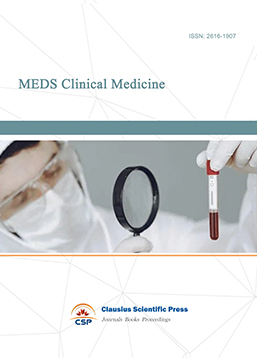
-
Journal of Neurobiology and Genetics

-
Medical Imaging and Nuclear Medicine

-
Bacterial Genetics and Ecology
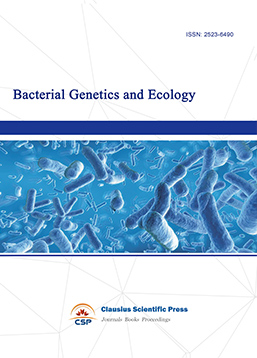
-
Transactions on Cancer
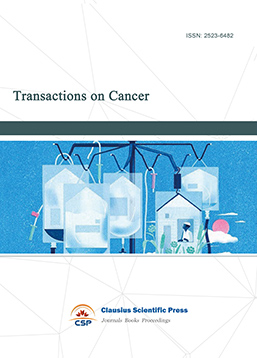
-
Journal of Biophysics and Ecology
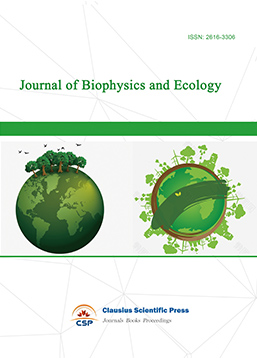
-
Journal of Animal Science and Veterinary
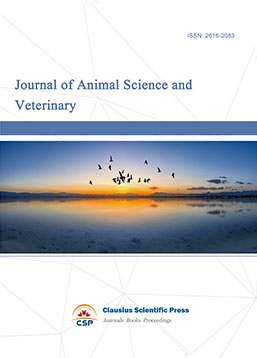
-
Academic Journal of Biochemistry and Molecular Biology
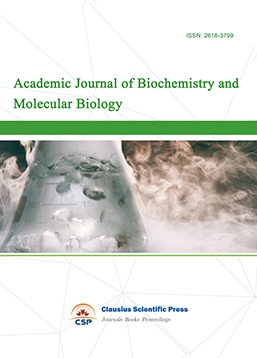
-
Transactions on Cell and Developmental Biology
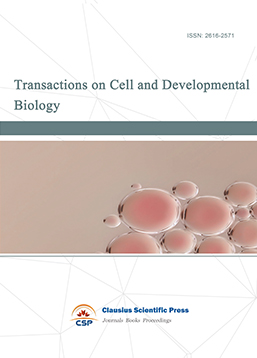
-
Rehabilitation Engineering & Assistive Technology
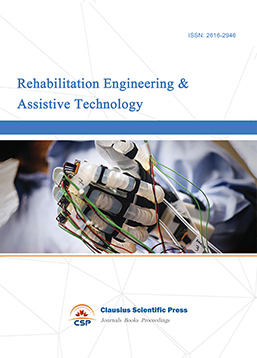
-
Orthopaedics and Sports Medicine
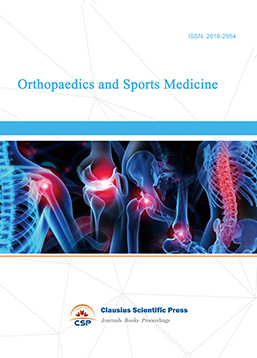
-
Hematology and Stem Cell

-
Journal of Intelligent Informatics and Biomedical Engineering
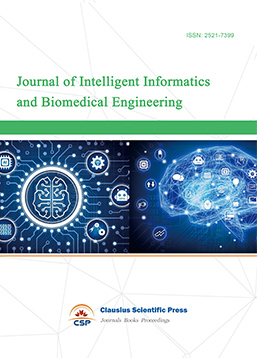
-
MEDS Basic Medicine
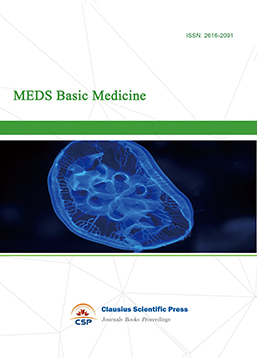
-
MEDS Stomatology
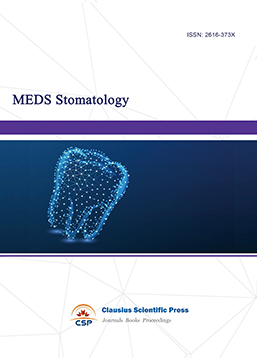
-
MEDS Public Health and Preventive Medicine
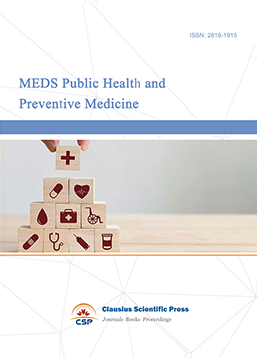
-
Journal of Enzyme Engineering
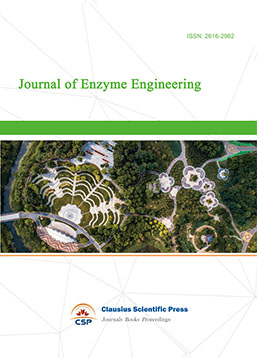
-
Advances in Industrial Pharmacy and Pharmaceutical Sciences
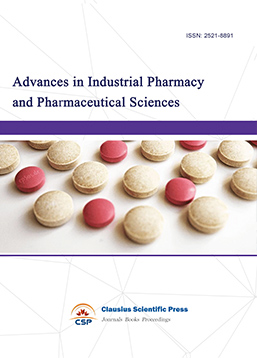
-
Bacteriology and Microbiology
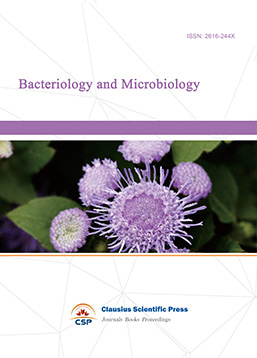
-
Advances in Physiology and Pathophysiology
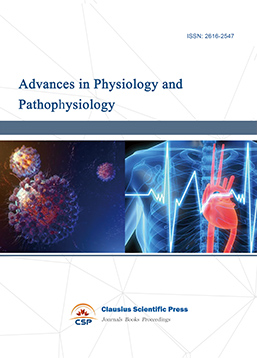
-
Journal of Vision and Ophthalmology
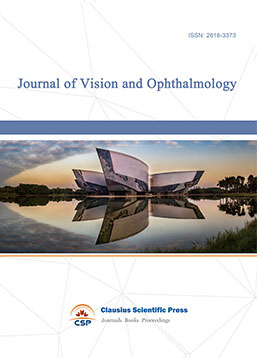
-
Frontiers of Obstetrics and Gynecology

-
Digestive Disease and Diabetes

-
Advances in Immunology and Vaccines

-
Nanomedicine and Drug Delivery
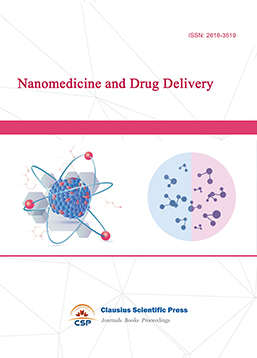
-
Cardiology and Vascular System
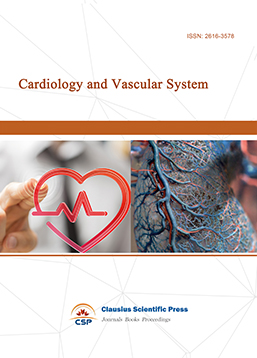
-
Pediatrics and Child Health
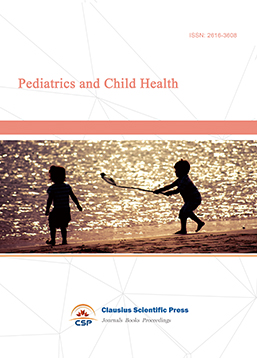
-
Journal of Reproductive Medicine and Contraception
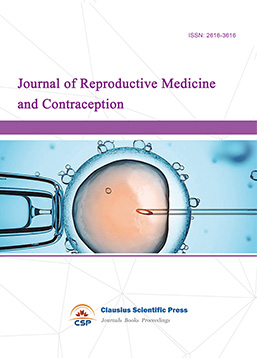
-
Journal of Respiratory and Lung Disease
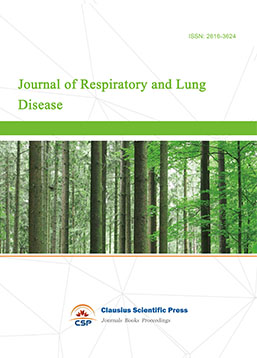
-
Journal of Bioinformatics and Biomedicine
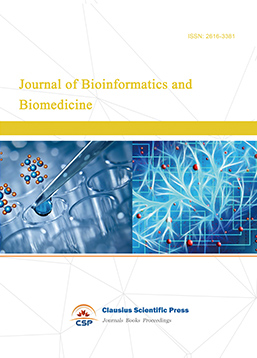

 Download as PDF
Download as PDF